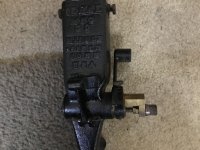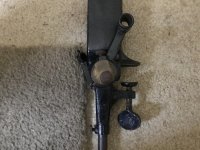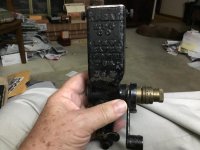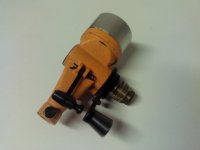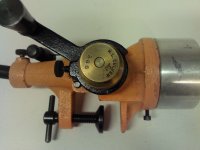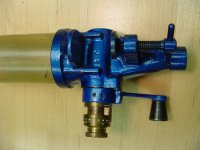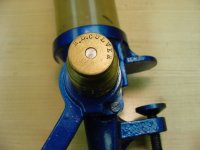Green Frog
New member
I have a question for some of you grey beards. I'm trying to assemble information (at least to my own satisfaction) about the development of the Culver conversion for the Lyman 55 Measure. I would like to know what features to look for in order to distinguish between the original Culver made units and the various clones.
In addition, I've heard it said that Homer put some of his earliest conversions into the old cast iron Ideal #5 measures as well. Has anyone here experienced this, and were any of the clones done in this way as well?
This is not for any sales purposes nor even to do any loading these days, I just want to try and get a handle on some of the information that is floating around out there, mostly to satisfy my own curiosity. Thanks in advance for any help any of you may ba able to provide.
Froggie
In addition, I've heard it said that Homer put some of his earliest conversions into the old cast iron Ideal #5 measures as well. Has anyone here experienced this, and were any of the clones done in this way as well?
This is not for any sales purposes nor even to do any loading these days, I just want to try and get a handle on some of the information that is floating around out there, mostly to satisfy my own curiosity. Thanks in advance for any help any of you may ba able to provide.
Froggie


